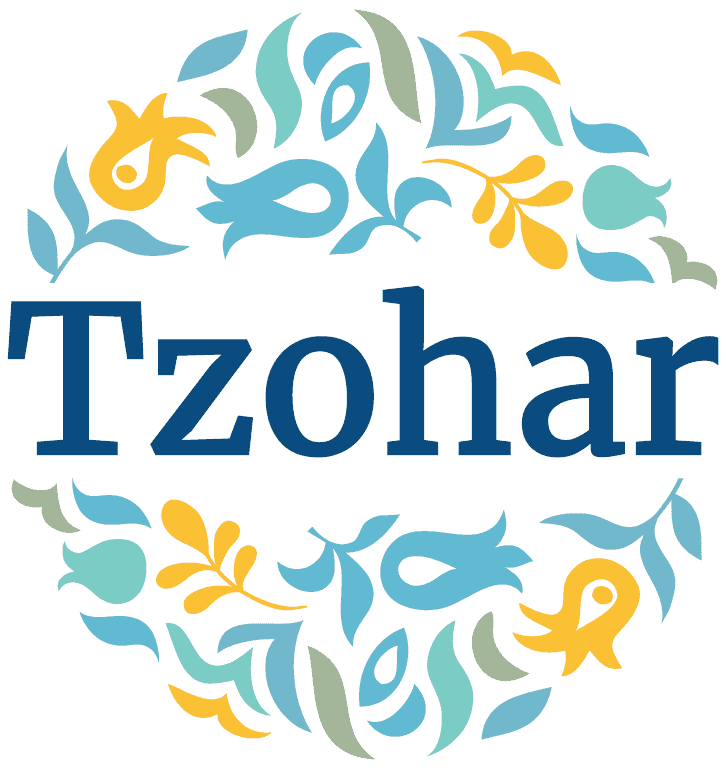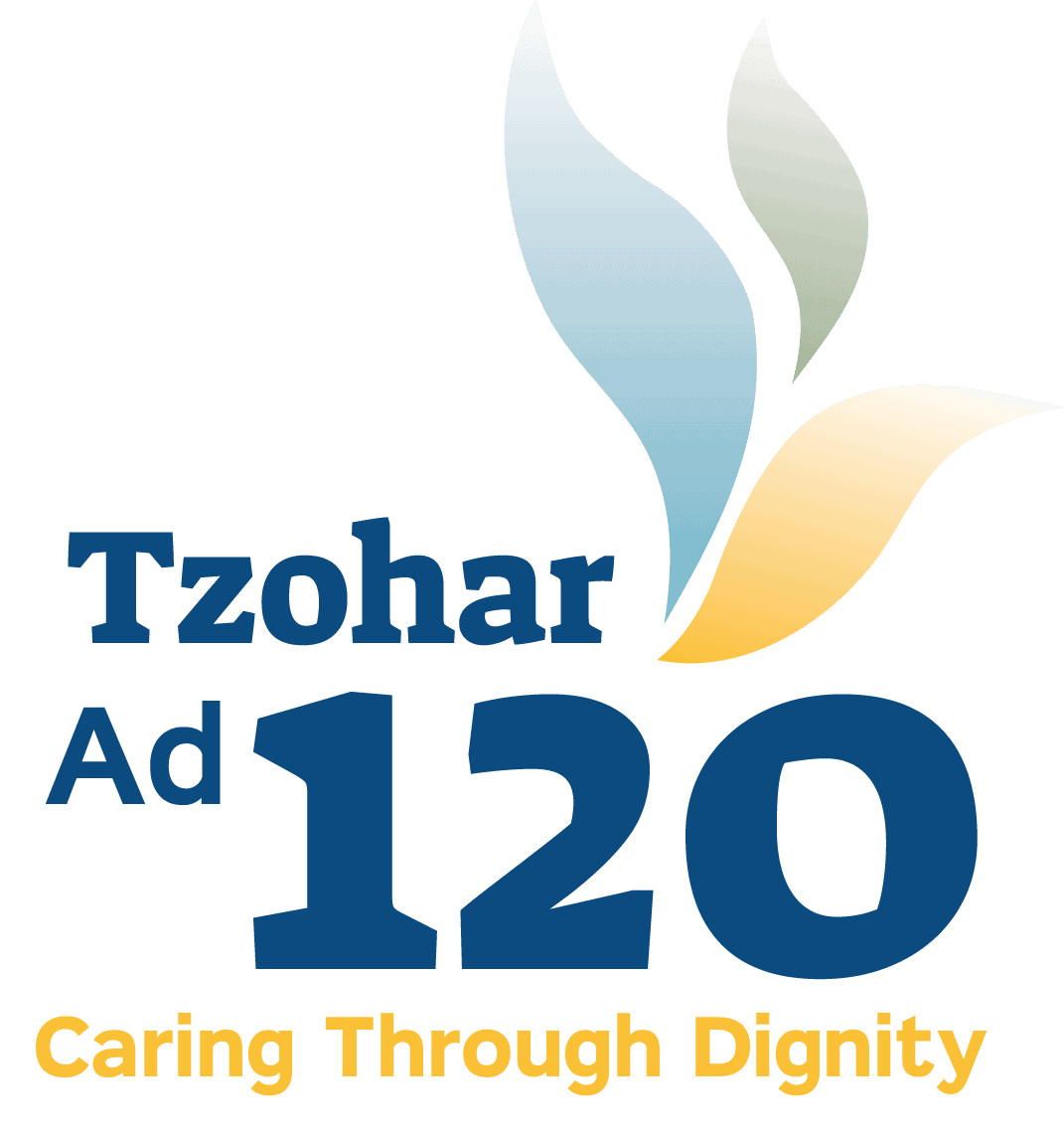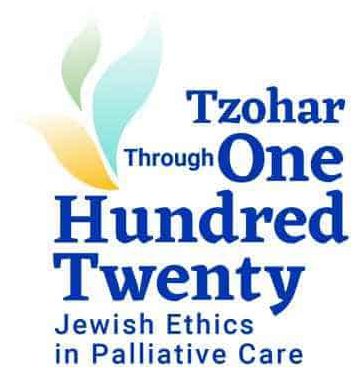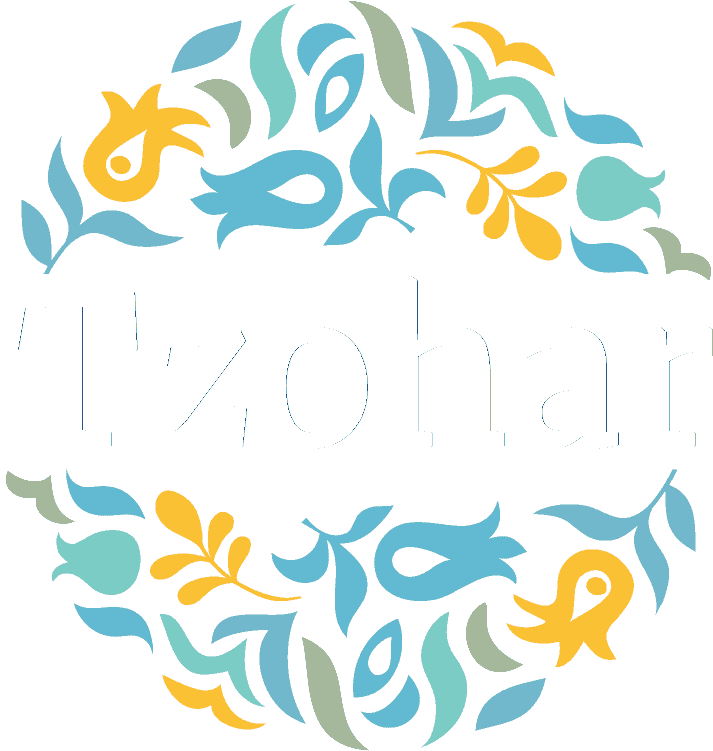1. Introduction
The question of whether there is a reason to continue treatment of a person with an untreatable illness arises in several medical conditions: terminally ill patients sometimes express their wishes not to continue treatment – in the moment or as an advance directive – when there is no chance of recovery. In many cases, their refusal to receive treatment originates from a worry about the great suffering it entails1; However, there are times where, even without the threat of suffering, the patient does not see a purpose in treatment with poor prognosis. A similar debate occurs amongst the medical team in cases where the patient cannot express their opinion: Does benevolence mandate continuing treatment or withholding it? The main topic we will deal with here is: Can one (and how much can one) consider the wishes of a patient and his family, or alternatively the recommendation of the medical team, and abstain from life-prolonging treatments when the evaluation is that there is no chance for full recovery? This question still applies in cases where the treatment is not necessarily accompanied by intolerable suffering.
The issues dealt with in this position paper are very serious. Any small change in case details can change the conclusion, and therefore one should not decide the halacha directly from this paper. For practical advice, reach out to Tzohar’s call center at *9253.
2. The Ethical Dilemma
The issue of withdrawing (or withholding) treatment in a situation with no chance for patient recovery places tension between the inherent value and sanctity of life and the value of man’s autonomy over his body. On the one hand, the inherent value of life requires the utmost preferential approach to preserving life against any significant dangers that befall it. We cannot know the deep significance behind every minute of life, and thus it is possible that we are not permitted to withhold treatment of a patient in need, no matter the situation. On the other hand, man is an autonomous entity, master of his own body, and therefore able to make independent decisions regarding how one should treat it. From the principle of autonomy, it seems that even when we are presented with a patient lacking the capacity for decision-making, it is proper to evaluate what they would have done in these circumstances, and this evaluation should have significant weight in the final treatment plan.
When making a decision involving these values, one should differentiate between direct treatment of a condition, which allows for greater patient consideration and thoughts regarding prognosis, and supportive/palliative care, which affords these aspects less weight. The balance between these values differs between societies, and thus the legislative status is different from country to country2.
3. The Jewish Position
3.1 The Sanctity of Life
Sanctity of life is a tremendous value, and Chazal expounded, “’And you should live by them’ – and not die by them” (Sanhedrin 74a). From here the Gemara learns that the majority of mitzvot are pushed aside for pikuach nefesh. The Gemara (ibid., side a) even determines that it is obvious that even for temporary life do we violate the Sabbath3.Each moment in life is thus of value, even when man’s days are numbered and it is clear they will die shortly. This halacha, which gives the inherent value of life foremost status (even when there are mitzvot that are not overridden for pikuach nefesh, therefore not establishing it as an absolute and supreme value), teaches us that even for a terminally ill patient: there is value to extending his life even when it is clear he will die shortly4.
Despite the central status of the inherent value of life, one can find evidence for certain cases of end-of-life where man is permitted to withhold treatment from himself even when he is not in a state of suffering5. The Gemara (Sotah 46b) recounts that the city of Luz that the Angel of Death was not allowed to enter “rather, when the elders decided they had reached the end [of life] – they would exit the city walls and die”6. The midrash tells of an old woman who lost the will to live. Rabbi Yose instructed her to stop going to synagogue, and due to this she passed away three days later. The woman claimed: “I have aged too much, and from hereon out I live a dismal life, unable to taste food or drink, and I wish to pass from this world”7. This woman did not suffer immensely, and even so Rabbi Yose accepted her claim and helped advance the timeline of her death8.
3.2 Man’s Ownership Over His Body
The debate over whether a patient can make decisions regarding his body which may shorten his life touches on a question that divided the Achronim: does man have ownership over his own body? It is worthwhile to note that even according to those who hold that man does have ownership over his body, this refers to partial ownership with God and does not grant the right to cause himself bodily harm9.From a halachic perspective, the question of man’s ownership over his body has ramifications on the extent of one’s responsibilities to it: when is he misusing his body and in what situations can the owner (God) demand its return without man being responsible to fight for his life?
3.3 Removal of a Preventative Object
The author of the Sefer Chasidim learns from the words of King Shlomo: “a time to die” (Kohelet 3:2) that there is a stage where man is ready to die and one may withhold efforts to save him: “Why does Kohelet say this? It must be that when man is dying and his soul begins to leave him we do not cry out that his soul should return, for he can only live a small number of days and those days would be full of suffering”10. Based on the words of the Sefer Chasidim, the Rema writes that death-quickening procedures are prohibited unequivocally, but when one is on his deathbed it is permitted to remove an object preventing his death11. Amongst the writings of the poskim one can find many positions regarding this discussion, varying from the consideration of the inherent value of life in all cases and the obligation to treat and perform life-prolonging procedures, even in situations where there is no chance for recovery and there is suffering, to considering the wishes of the patient who dictates ‘my death would be better than my life’ in most cases12.
Practically, it is difficult to establish clear definitions for these serious discussions, and one should consider each case independently. The starting point for discussions should be that there is an inherent value to life and it is proper to treat each patient and prolong their life. Furthermore, active procedures shortening patient life are prohibited, even when a patient is suffering, and included within this category is the withdrawal of medical treatment13. However, when there is no chance for recovery, there are grounds to consider withholding life-prolonging treatments even in cases where there is no suffering, since the very act of prolonging life without a good prognosis is extremely difficult for the patient. This matter is dependent on the patient’s wishes as well, and therefore it is possible that two patients in similar conditions but with differing motivation regarding prolonging life will receive different treatments, per their wishes14.
4. Conclusions
4.1 The underlying assumption is that there is a lofty obligation to treat the patient and prolong their life.
4.2 Active life-shortening procedures are generally prohibited; therefore this prohibition applies in cases where there is no chance of recovery as well.
4.3 There is not only value but also an obligation to extend the life of a patient with no chance of recovery who requests that treatment continue to be administered.
4.4 For a patient with no chance of recovery that would require “heroic” acts due to his condition (such as ventilation, CPR, or invasive surgeries) – there is no obligation to perform these procedures. If the patient requests that these procedures not be done, it is prohibited to perform them.
4.5 When the patient’s ventricular fibrillation is due to another illness that is treatable – one should perform CPR and other treatments on the patient (as long as the treatments do not cause severe pain)15.
4.6 There is no obligation to perform CPR on a person who has been unconscious for a prolonged period and there is significant medical testimony that his brain is impaired, even if it is unknown whether the patient is suffering.
הערת שוליים
- We have expanded on this topic elsewhere. See the position paper ‘The Impact of Suffering on Medical and Halachic Considerations’. Here we will focus on the issue of continuing treatment in cases without severe distress.
- See The Medical Halachic Encyclopedia, volume 5, entry ‘Terminally Ill[1]’, pages 171-176. For additional literature and an understanding of the legal status in Israel, see position paper ‘The Impact of Suffering on Medical and Halachic Considerations’, endnote 1.
- This is how the Shulchan Aruch rules in Orach Chayim, 339:4.
- See for example Minchat Shlomo Responsa, volume 1, article 91:24: “For we do not have a metric to understand the concept of ‘life’, how to measure its preciousness and importance, not even in the Torah and mitzvot, for we violate the Sabbath even for a sick elderly man covered in boils, even if he is deaf and mentally incompetent, cannot perform a single mitzvah, and his life is just a burden and great suffering for his family and causes them to take time from Torah and mitzvot…”.
- Other discussions, such as the accounts of the deaths of Rabbi Chanina Ben Tradyon (Avodah Zara 18a) and Rebbe (Ketubot 104a) create the basis for discussion surrounding extending life in a state of suffering, which we have already expanded on in the position paper ‘The Impact of Suffering on Medical and Halachic Considerations’, see additional Talmudic discussions in endnote 4 there. Here we have tried to isolate the component of suffering and examine whether prolonging life itself is obligated when there is poor prognosis. Additionally, we see in Tanach that Eliyahu and Yonah both request to die, though they are not suffering from physical distress. Rachel says to Yaakov ‘’Bring me children and if not I am dead” (Bereishit 30:1), teaching us that life without childbirth is considered in her eyes like death. Elsewhere we dealt with the concept of the healthcare basket, and the question of whether we should consider a life-saving drug over a drug ‘only’ improving quality of life. See Rabbi Yuval Cherlow, ‘Inclusion of Medications for Quality of Life Improvement in the Healthcare Basket’, Tchumin, 28 (5768), pages 383-391, specifically page 390.
- Rabbi Tzvi Shachter (‘Laws of Death and Gavra Ketila’, Assia, 49-50 [5750], page 136) learns from here that saving the life of a person who has lost the will to live does not constitute pikuach nefesh. In contrast, Rabbi Waldenberg (Tzitz Eliezer Responsa, volume 18, article 48:3) explains that the people of Luz experienced a miracle and leaving the city restored their natural state, therefore one cannot expound from this story. Rabbi Waldenburg brings additional rejections of the proof from the account of the people of Luz.
- Yalkut Shimoni, Parshat Eikev, section 871.
- Yet see: Tzitz Eliezer, volume 9, article 47; ibid., volume 18, article 48:4. Rabbi Waldenburg writes that this cannot be used as proof, for there was no withholding of medical treatment but from the divine effects of prayer. One can also find evidence to disprove this source, as later Yalkut Shimoni texts are not compilations with halachic weight and the last two sources are not direct halachic sources but aggadic in origin.
- According to Rabbi Shlomo Yosef Zevin (In Light of Halacha, pages 318 onwards; ibid., Halacha and Medicine, 2 [1981], pages 93 onwards), man does not have ownership over his body. Rabbi Shaul Yisraeli (The Torah and the State, 5-6 [5713-5714], page 106; ibid., Amud HaYemini, article 16:16 onwards) disagrees and believes that there is dual ownership with God. See The Medical Halachic Encyclopedia, volume 2, entry ‘Informed Consent’, pages 673-674. Even if man does not have ownership over his body, it seems that he is permitted to make decisions relating to his body and his life, provided that these decisions follow Torah law. See Rabbi Yuval Cherlow, ‘Withholding Treatment in Terminally Ill Infants Infected with Invasive Bacteria’ Assia, 85-86 (5769), page 58.
- Sefer Chasidim, article 234.
- Rema, Yoreh Deah, article 339:1, the poskim discuss the meaning of “an action causing death to approach faster is forbidden unequivocally” and what is included in the category of “removal of an object preventing death” that would be permissible in certain cases. See: Nishmat Avraham, Yoreh Deah, article 339:8; The Medical Halachic Encyclopedia, volume 5, entry ‘Terminally Ill [1]’, pages 124-131; Yisrael Katz, ‘The Law of “Removing a Preventative Object” – The Laws of Dying, from Original Sources to Modern Day’, Assia Books, 16 (5779), pages 258-267.
- The methodology of the poskim is explained in the Nishmat Avraham, Yoreh Deah, article 339:4, and The Medical Halachic Encyclopedia, volume 5, entry ‘Terminally Ill[1]’, pages 141-150. Compare this to Rabbi Avraham Steinberg, ‘The Halachic Basis for the Proposal of The Patient Nearing Death Act’, Assia, 71-72 (5763), pages 25-39. According to Rabbi Waldenberg, one should not withhold treatment under any circumstances – even if he is therefore condemned to a life of suffering – and even if treatment must be administered involuntarily. See: Tzitz Eliezer Responsa, volume 5, Ramat Rachel, article 28; ibid., volume 9, article 47; ibid., volume 13, articles 87-89; ibid., volume 14, articles 80-82; ibid., volume 18, article 62. This is also the opinion of the Gesher Chaim (volume 1, chapter 2, article 2, endnote 3). Rabbi Yaakov Yisrael Kanievsky (Kiryana De’Igrita, Letter 190) opposes this position and writes: “Regarding the fundamental idea that one must prolong the life of a patient (even for only temporarily life), truthfully I have also heard this statement in my childhood, and I was unsure if this was reliable, but in my eyes this matter requires great analysis, for in Yoreh Deah article 339 it is explained that it is permitted to remove an object preventing the death of a patient, and only active procedures are prohibited to perform. Therefore, I do not seemingly find a prohibition in passively abstaining (instead of adding on suffering) [from treatment], and just the opposite: one should learn from this to withhold from [treatment]”. This is also the opinion of Rabbi Sternbuch (Teshuvot Ve’Hanhagot Responsa, volume 1, article 861). Rabbi Tzvi Shachter (earlier endnote 6) relies on the words of Rav Kanievsky and rules that anyone who has lost the will to live and desires that his life not be prolonged – does not obligate life-saving measures under the category of pikuach nefesh (unless it is evident that in this case the majority of people would disagree with his decision). He disagrees with the division between types of patients that Rabbi Shlomo Zalman Auerbach qualifies. According to Rabbi Yosef Shalom Elyashiv (see Nishmat Avraham, ibid.), withholding treatment is permissible in cases of suffering, and therefore treatment of anyone of which it is unclear whether they are suffering obligates full treatment, including CPR, to prolong their life. Following in Rav Auerbach’s footsteps and after consultation with him, Rabbi Yisrael Meir Lau agrees with his opinion in Yachel Yisrael Responsa, volume 2, article 62. Between these two opinions is the opinion of Rav Feinstein (Igrot Moshe Responsa, Choshen Mishpat, volume 2, articles 73-75; ibid., Yoreh Deah, volume 2, article 174) and Rav Auerbach (Minchat Shlomo Responsa, volume 1, article 91:24). Granted in their responsa the component of suffering is present, but their opinion is that one may withhold some treatments in certain cases where there is no chance of recovery. This is also written in the name of Rabbi Shlomo Zalman Auerbach in The Medical Halachic Encyclopedia (ibid., page 144, endnote 242) regarding treatment of the author’s father before his passing. The Nishmat Avraham (ibid.) summarizes the position of Rabbi Shlomo Zalman Auerbach (in the aforementioned responsum and oral responsa) and establishes that one must differentiate between treatment of issues originating from the terminal illness of the patient and treatments of unexpected complications that are caused by other factors. If, for example, cardiac arrest or respiratory failure are expected pathological results of the disorder, there is no obligation to perform CPR, but one must treat other complications caused by other disorders – if the treatment is not painful on its own right.
- This prohibition falls on the patient and the care provider. The lenient approach to suicide in a place of suffering exists primarily when relating to a suicide victim after the fact and not when discussing a practical heter, and of course in a situation with no suffering the action is prohibited. See a short summary in the position paper ‘The Impact of Suffering on Medical and Halachic Considerations’, endnotes 3, 11.
- See our thoughts in ‘Treating a Dying Patient’, ‘Even at the End of the Road Halacha is with You” as well.
- Regarding the issue of withholding artificial ventilation or nutrition in a terminally ill patient as well as lowering their administration rate, see what we have written in the position papers ‘Artificial Respiration in Terminally Ill Patients’; ‘Artificial Nutrition in Terminally Ill Patients’’; ‘Treatment of a Patient in a Persistent Vegetative State (PVS)’
